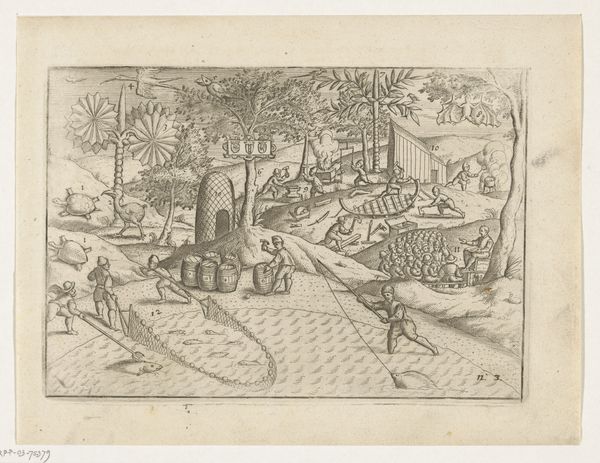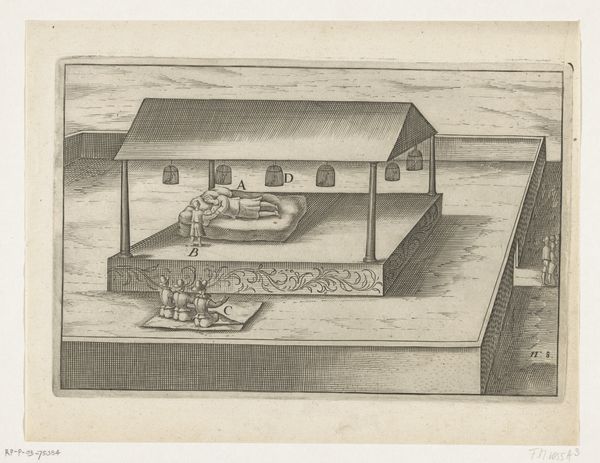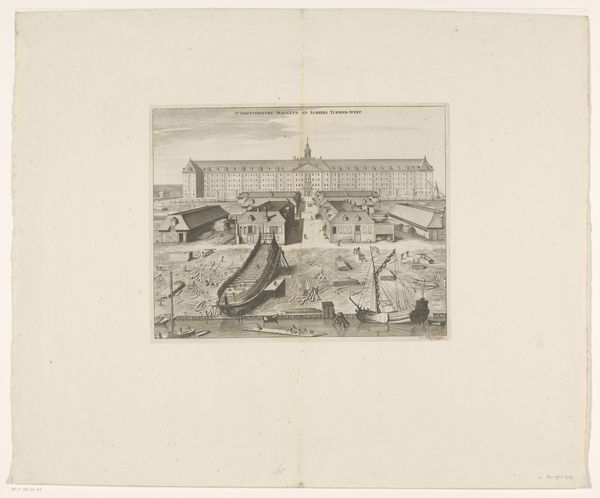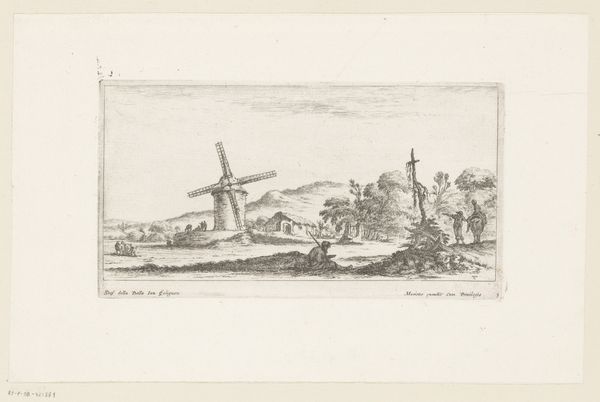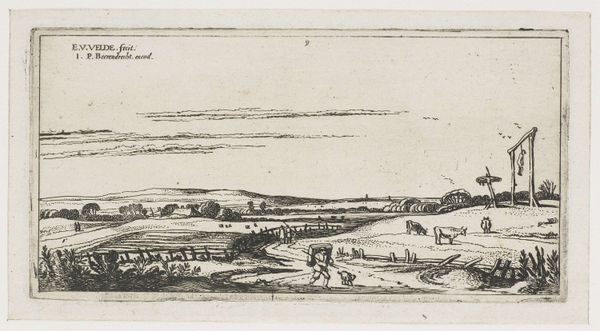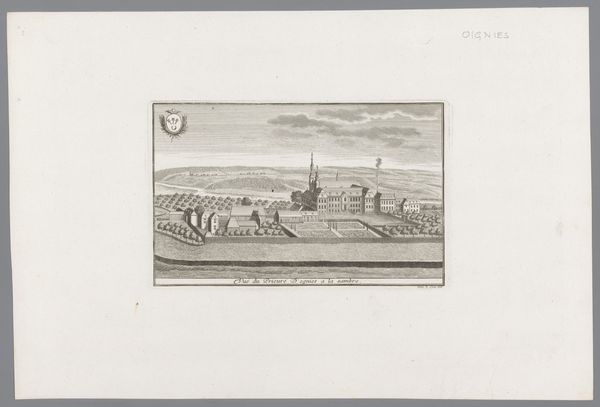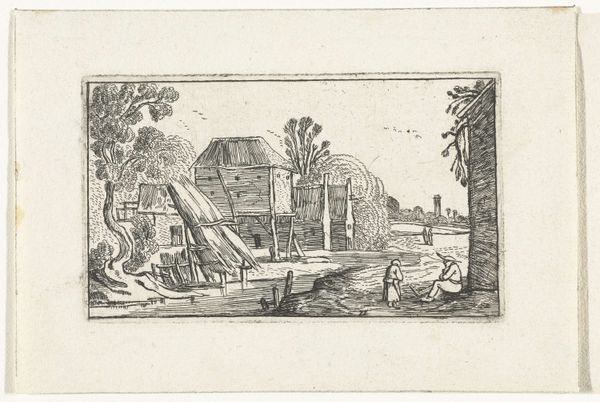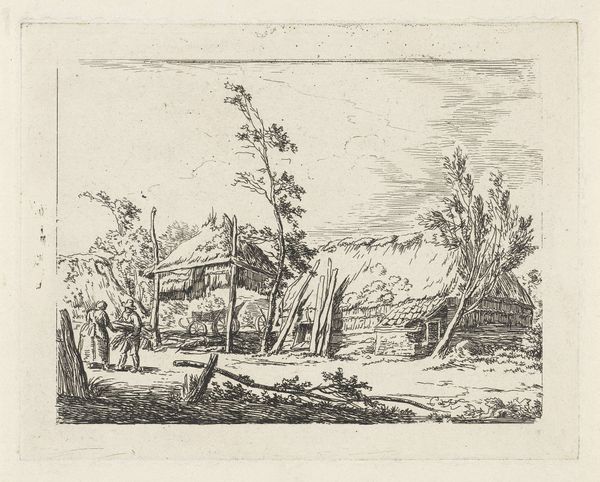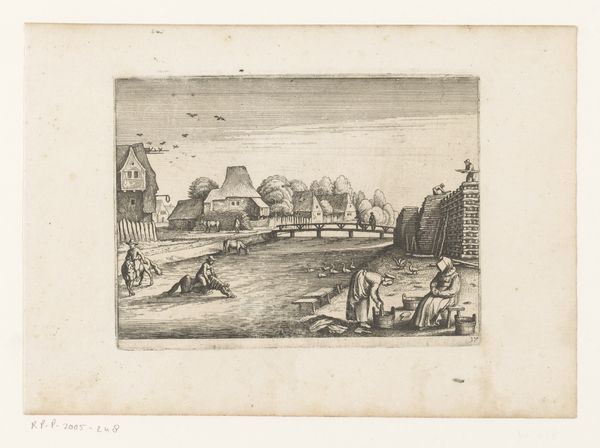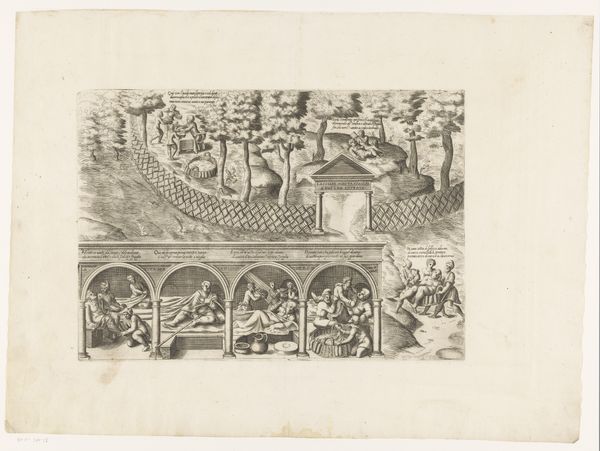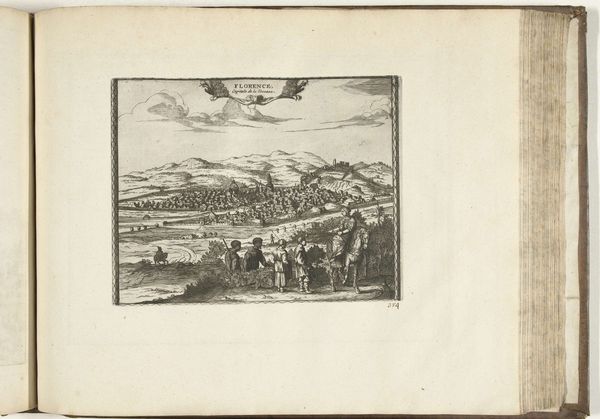
print, engraving
#
narrative-art
# print
#
pen sketch
#
asian-art
#
figuration
#
line
#
genre-painting
#
engraving
Dimensions: height 145 mm, width 220 mm
Copyright: Rijks Museum: Open Domain
Curator: So, "Javanese Gamelan Orchestra, 1596," a print made between 1597 and 1646 by an anonymous artist, currently at the Rijksmuseum. What do you make of it? Editor: It's fascinating! The cross-hatching creates so much detail. The depiction of the gamelan orchestra under this simple structure, almost a stage, feels surprisingly modern. I'm curious about the choice to create it as a print. What’s your take on this piece? Curator: The print is key. We see here not just a depiction of music, but the means of disseminating an image of Javanese culture to a European audience. It speaks to a burgeoning global exchange fueled by trade and colonialism. Consider the labour involved – from the creation of the gamelan itself, the mining and processing of the metals used to make those gongs and metallophones, to the labour of the artist who painstakingly engraved this image. Editor: That's a great point. Thinking about the material aspect, the creation of both the instruments and the print represents labour and a network of resources. What was the intention behind creating a print versus say, a painting of this orchestra? Curator: Precisely! A print allows for reproduction, for wider distribution, serving a didactic purpose of portraying faraway lands and the exotic nature of those that were encountered during trade. I wonder if it reflects an attempt to catalog or claim knowledge about this culture. What do you think that means to our contemporary notions of art and craft? Editor: It certainly blurs the lines. Today, we might see the gamelan instruments as crafted objects elevated to art through performance, but the print itself challenges that division. Curator: Indeed. It challenges the very notion of "high art" by forcing us to confront the labour and materials inherent in all artistic production. Editor: I've definitely gained a new perspective, thinking about not only the image itself, but also the means of its production and circulation in the context of cultural exchange. Curator: Agreed. By examining its materiality, the image offers a critical lens on early global interactions.
Comments
No comments
Be the first to comment and join the conversation on the ultimate creative platform.
